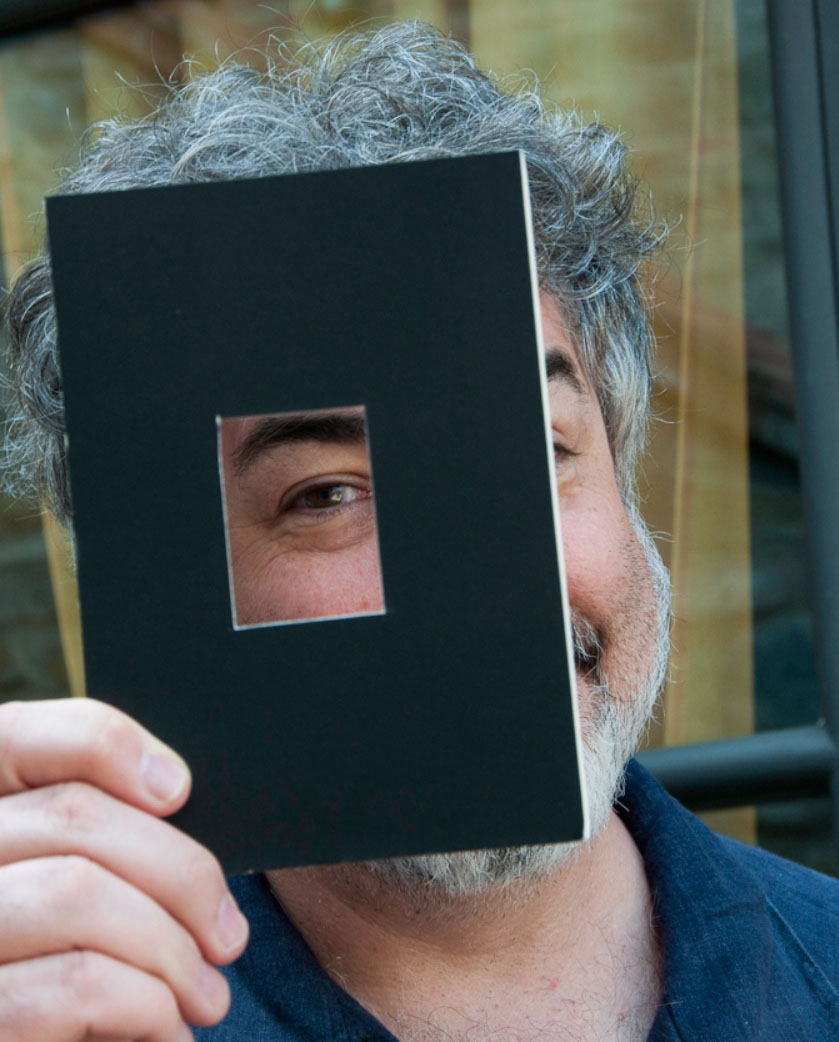The Curtometer
The Ultimate Camera Positioning Device

The Curtometer
Whenever I am working with my Italy Photography Workshops students to discuss placement of the camera, focal length and the way we see, I use this device, which has come to be known as "The Curtometer." (Cur-TOM-eetr)
In truth, the first one of these I ever used was given to me by Ansel Adams, at a workshop he led in 1983. Then, as now, I find it to be an incredibly useful device for learning how to see without having a camera up to your eye.
Held close to the face, it's a "wide-angle" lens. Held farther away, it's a "telephoto" lens. It can be held vertically or horizontally and, in all cases, allows you to see the world around you without the closed-off aspect of looking through a camera's viewfinder.
Given as one of several instructional pieces in all of my workshops and classes, this simple device not only helps you get an approximation of focal length, but also helps my students learn about subject interrelationships and proximity - how the position of the camera and our relative distance from subjects assists us in creating images that tell the story we want to tell in the most effective way possible.
Start by first finding where you want to stand - where you want to put your camera in space - and then use the Curtometer to decide how much or how little of the subject you want to include. What you'll find is that it's a little bit of give-and-take; you'll use the Curtometer to help you find and define the subject you want, and you'll also use it to help you determine whether to make the photograph with a wide, medium or long lens.